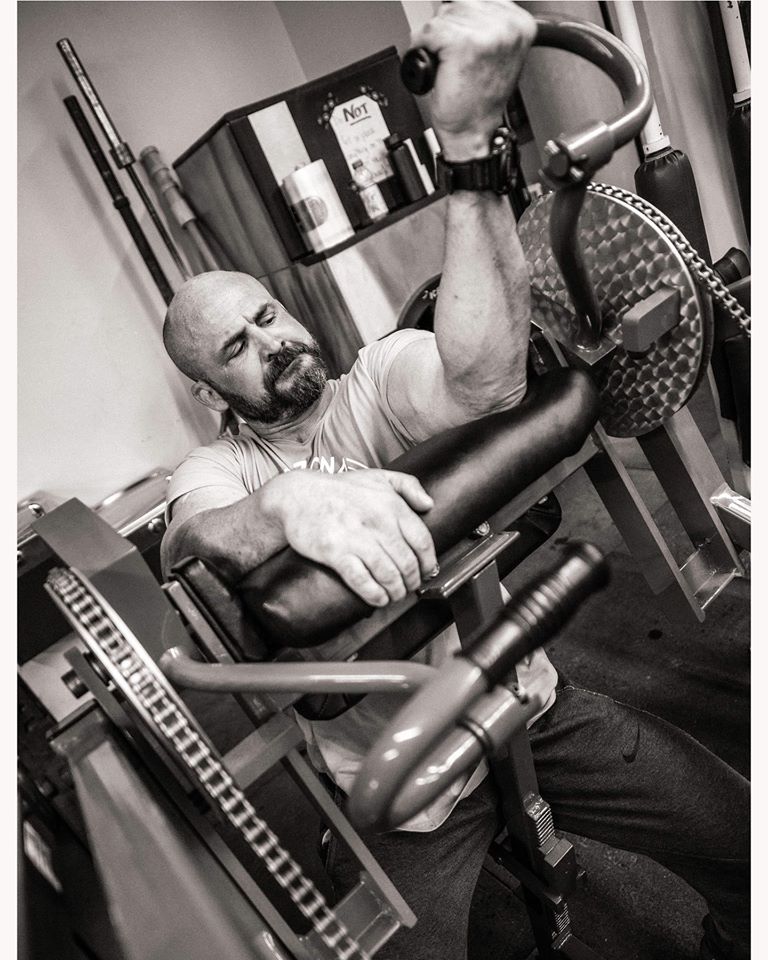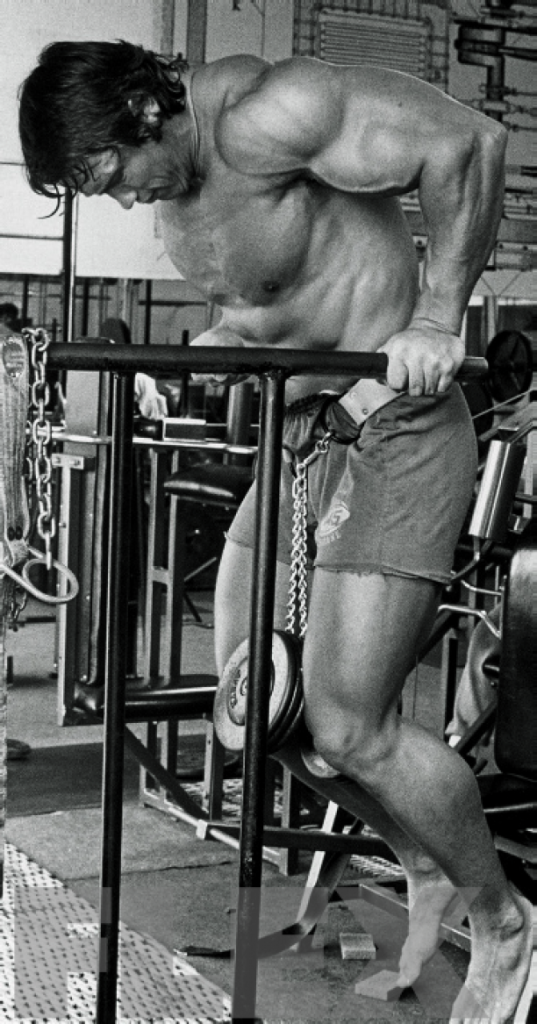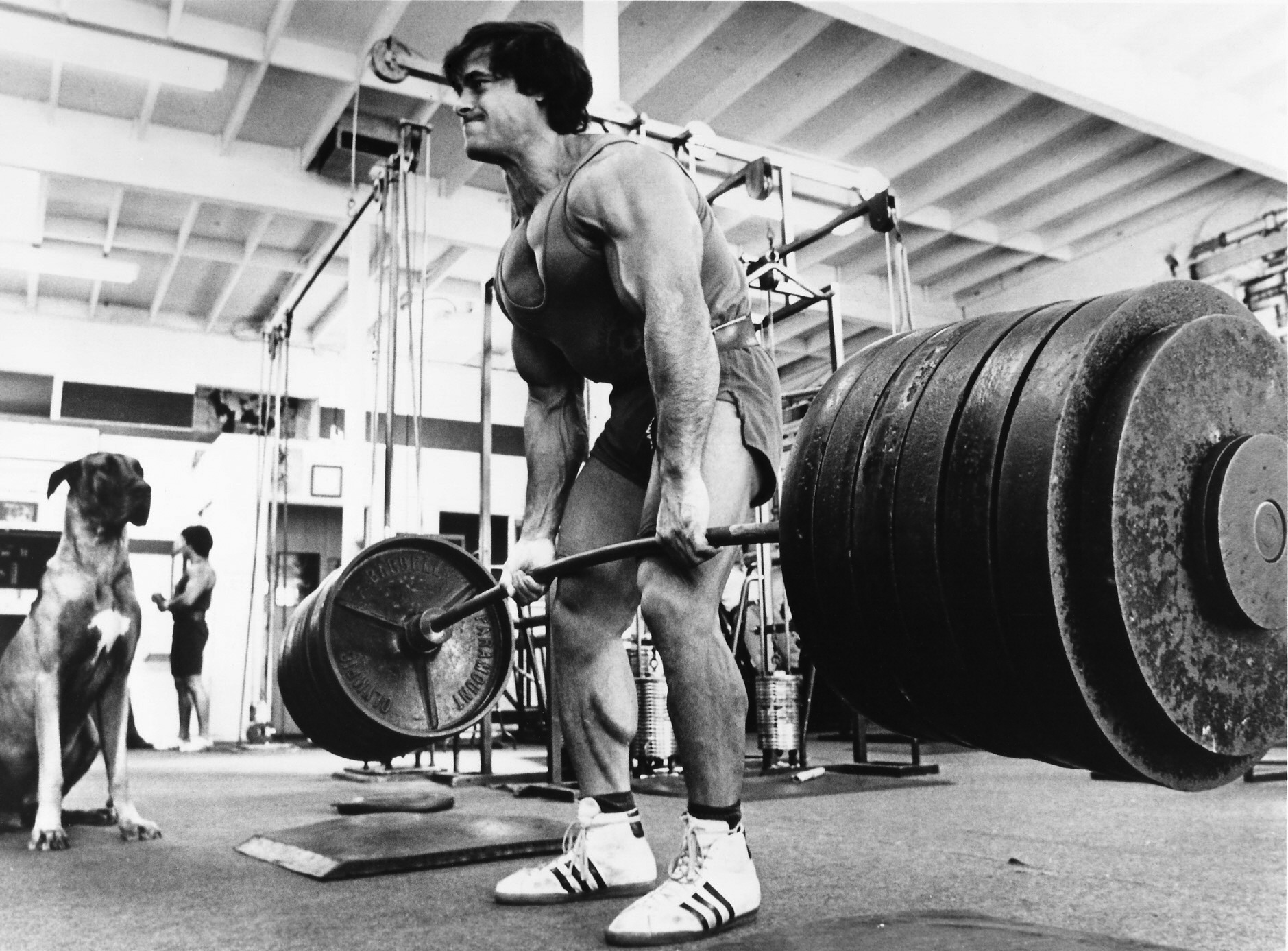In the most basic terms, Hypertrophy refers to an increase in the size of a…

Enter the Dragon: Interview with Caine Wilkes
2x National Champion
2014 Pan Am Champion
Best Snatch: 182
Best CJ: 221
Best Total 400
Can you tell us a little about your athletic background and how you got into weightlifting?
I started weightlifting when I was 12, originally to help with football during the offseason. Before that I had played and tried a couple sports, not sticking with anything except for football. I played soccer when I was really young, but didn’t enjoy all the running. I considered goalie the best position because there was very little running required! I also wrestled in middle school, and never quite picked up on that sport. I only won one wrestling match in the five tournaments I competed in, and that was due to a forfeit! So, the sport I had stuck with through middle school and felt I was decent at, was football.
My dad was the middle school line coach at the time. He found the Olympic lifts as a way to help our strength and conditioning program in the offseason, and introduced them to the kids on the football team. I immediately fell in love with the challenges of the lifts, in perfecting the technique, as well as adding to my total strength. Two years later, I played my last football season and focused solely on the lifts.
Tell me about the nickname “the Dragon”…
Well, the story behind it probably isn’t as exciting as it could be. Up until last year, my family owned and operated a Crossfit gym – Crossfit Chesapeake – and I would occasionally join in a Crossfit workout. I enjoy Crossfit and actually used it to stay active during a major back injury in 2010. Beginning to do Crossfit regularly, I quickly learned how bad I was at it, especially running! During that time, one of our members and a friend had started to call me the Panda, although not for long. I personally wasn’t a big fan of the name; I didn’t feel it fit me. The second time he called me Panda was during a Crossfit workout. I was on my way out for a run, and those runs always made me a little perturbed anyways, so when he called me Panda, I told him through gasps of breaths to try to think of something a bit edgier and more motivating.
When I came back from my run, he told me, “good work, Dragon.”
This name stuck, and it was a good thing, because we soon had another member join the gym whose nickname was Panda. It would have been horrible to have two people with the same nickname at the same gym! But the Dragon fit and stuck with me, and my friends get a kick out of it now that I shout before heavy lifts. They call it a dragon roar.
I’ve heard it often said—and for me it is very true—that a lift is made or missed before you even touch the bar, that a large portion of the struggle is just convincing yourself that you can and you will succeed. What do you think about before a big lift? Or do you clear your mind and try not to think at all?
I totally agree with it; lifts are made before getting on the platform. The mental aspect is a huge part of the sport of weightlifting. Any doubt in a lifter’s abilities can severely limit them. Building up my confidence is something I had to deal with recently, after my first National Championship title. I began to think winning was a fluke, since I had never won a major championship since I began lifting over a decade ago. It took a lot of mental training and correcting negative thoughts, but I was able to overcome the obstacle I set in front of myself.
Most of the confidence in a big lift comes from a certainty that the hard work in training is paying dividends, so I think of training hard, consistently, and wisely as the first step of building confidence. As far as competition day and before a big lift, I tend to keep with positive self-talk. Just telling myself I’m able. When my mental game is on point, I view the weight as already having been lifted. I’m just telling the story of how it got lifted. I don’t give myself too many technique cues before a lift, as again I trust I’ve already put that work in with my training.
The other main thing is I approach the bar the same way. I always shout. I always adjust my glasses. It’s good to stick with a routine; do what works for you. A lot of people do shout for a bit of an adrenaline rush. For me, I view the shout as a way to clear my head and to focus on the task at hand.
Before I chalk up at a competition, my dad and coach will always tell me, “Have fun.” That is always a good reminder of what it’s all about; enjoy it. And right as the weight breaks off the ground, I always tell myself, “Easy.”
In 2009-2011, you took some time off due to back problems. What did you do and work on during this time to ensure you could come back strong? What advice do you have for athletes coping with injury?
In 2009 I herniated a disc in my lower back which led to surgery, and then I had a recurrence the following year in 2010. At that point, after some work on my back, both my dad and I thought that I needed to stop weightlifting. During that time, I was just doing Crossfit. I did it for a solid nine months straight, which was actually a great thing. With Crossfit, I handled a much lighter load, and allowed my back to heal up. Also, the focus on core strength helped strengthen my back. I began to feel stronger and to move decent weight again.
After a workout one day, a member of our gym started practicing her snatches, and I joined in. I worked up to three singles at 140kg; I hadn’t touched that weight in about a year, and my back felt fine. So shortly after that day we began to work back into lifting. We were much smarter with my back and followed up all workouts with core work. Also, any day my back felt iffy or weak, we stopped lifting for the day and just did the core work. Eventually, my back got strong enough to lift some real heavy weight; I hit all-time snatch and clean & jerk records in about 5 months’ time.
Although it was a long road to get back to lifting, I choose to look at the blessings from it. Having that back injury showed me how passionate I was about the sport. When I faced the possibility of not being able to lift or compete again, it was heartbreaking. Furthermore, when I realized I could get back into lifting, I was elated. It’s kind of the concept of not knowing what you have until it’s gone. I learned to cherish every day of training from my injury. I know how rare it is to come back from a serious injury, and I’m thankful to God every day for the chance to do what I love.
I would recommend to anybody recovering from serious injury – especially back injury – to listen to their body. If something doesn’t feel right, don’t do it. Find ways to strengthen the injured area without hurting the area further. For example, at first my core work had no situps or crunch movements, because that irritated my back. As my back strengthened, I was able to incorporate more and different exercises into my routine. Another aspect is easing back into training. Take it easy at first, and build yourself up to handle the weights and the workload. And ultimately, rest and recovery are so vital to any athlete, but it can be one of the most overlooked aspects of training too. Make sure you rest properly, and if you have to take some time off for an injury, do it. Think of it as a chance to focus on other weaknesses. If you have to rest the legs, work out the arms. Don’t be stubborn.
Take me through a day in the life of Caine—what do you do and when do you do it?
My life is in transition right now. In November, my family sold our CrossFit gym to focus on weightlifting, with plans to move down to Charlotte and closer to family. However, we haven’t made the move yet. So for now, my main focus is on training. I do the majority of my training in the morning, although I do a few evening sessions, too. Most of my lifting sessions involve the full lifts and some accessory exercises, followed up by some core work. I also help train and coach members of our lifting team.
When I’m not lifting, I read a lot. I’ve always enjoyed fiction, but I have been reading some non-fiction books over the last year. A lot of them have to do with the mental side of sports; I guess that technically makes it part of my training. I also draw and write, and my friends keep me busy with freelance art and design projects. A lot of those projects are usually logo design or making paintings. Most recently I painted an American flag for two friends as a moving away gift.
I live with my parents right now. They are kind enough to give me a place to stay while I pursue my goals in weightlifting. My dad is my coach, and my mom has been supportive from the start. I should probably take this time to say that I love my mom. In the first interview I ever did, I didn’t mention her once (I’m a horrible son!) and I always make a point to say I love her in my interviews now! My dad’s pretty cool too.
My brothers have moved away down to North and South Carolina, but we still stay in touch daily through phone calls, and messages. My brother has been sending me videos of his lifts; I love getting them and seeing how he is progressing!
Also, being a superheavyweight, my day centers around a few hearty meals spread throughout the day. I thoroughly enjoy them.
Like you, I also studied art and English in college. What roles do those interests play in your life now? Do you find it difficult to balance that with a weightlifting career?
Art and writing have always been big interests of mine. I can remember doodling and drawing from a very young age, and writing a creative story was always one of my favorite assignments in elementary school. I find myself now getting more involved in the lifting community with design and art, doing some freelance work here and there. It’s very gratifying to be able to do the things you love, and for me that’s weightlifting and the creative process in drawing and writing. So being able to design logos for gyms, friends, and make art for others is a great experience.
It is difficult sometimes to balance the two though. My goals right now are set on weightlifting, so sometimes working on one project can take my eyes off that goal. It can become hard to fit it all in one day. The hardest thing is just drawing and writing for my personal enjoyment. Occasionally it can become hectic.
One way I’ve found to incorporate the two aspects of art and weightlifting is using weightlifting as the subject for my art. I focus on displaying the mental side of weightlifting, a calm confidence or quiet strength, in those pieces. I’m also thankful for the art requests I get, as it keeps me involved in the process of creating.
Who is your favorite writer? (or writers—sorry, I had to ask!)
One of my favorite books is “Little Big Man” by Thomas Berger, although I haven’t read much else by him. My favorite fiction writers are probably Charles Portis, Elmore Leonard, and Mark Twain (his short stories are hilarious!). I’ve read some poetry, but my favorite poet is still children’s poet Shel Silverstein. And recently I’ve read some Malcolm Gladwell books and have enjoyed them a lot.
What are your current goals—personal and professional, artistic and athletic?
In weightlifting, I’m aiming to represent the US at the 2016 Olympics. Long-term I also want to achieve the American records in the superheavy weight class.
Outside of weightlifting, one thing I have always wanted to do is publish a book. If there were a way to combine it with some illustration, maybe with a graphic novel or children’s book, it would be such a better experience. But writing and publishing a book is a goal of mine. I’m also looking at starting a graphic design business this year.
Through being a trainer, one thing I always enjoy is helping people. I’d like to keep up with helping people in the future, however that may be.
You can find Caine on Twitter, Instagram, and Wilkes Weightlifting on Facebook


